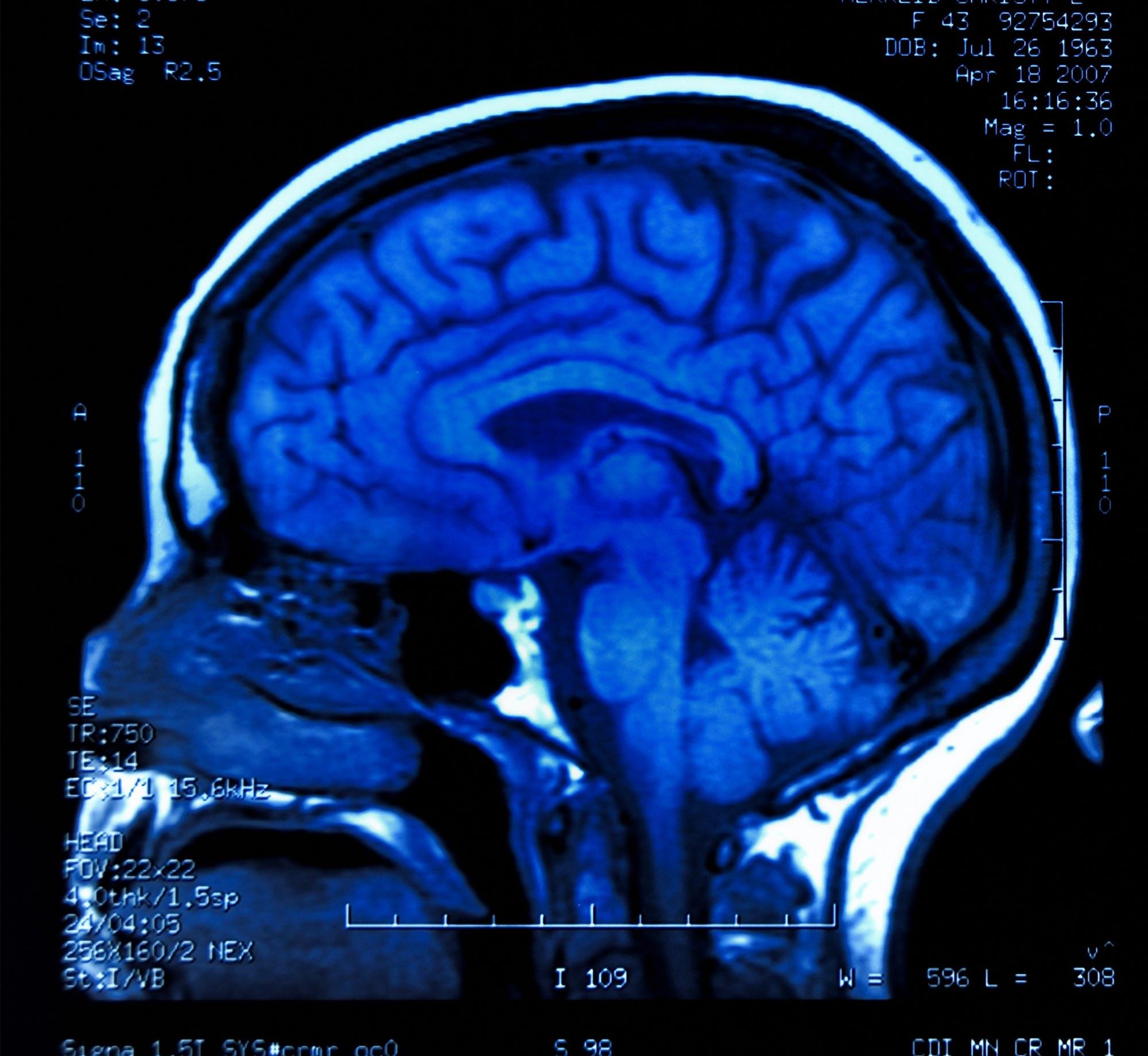At Google DeepMind, researchers are chasing what’s called artificial general intelligence: a silicon intellect as versatile as a human’s, but with superhuman speed and knowledge.
Category: robotics/AI – Page 264

AI Singularity Shock: Tech Titans Predict Unstoppable Intelligence Explosion Within 12 Months, Sparking Global Fear and Frenzy
IN A NUTSHELL 🤖 The concept of singularity involves AI reaching a level of intelligence that surpasses that of humans. 🚀 Recent advancements in large language models and computing power have sparked debates about the possibility of achieving singularity soon. 🧠 Experts face technical and philosophical challenges, questioning whether AI can truly replicate human intelligence.

Chinese scientists create a 9-cm untethered terrestrial-aerial microrobot capable of transforming into various desired shapes
A Chinese research team has developed the world’s smallest and lightest known untethered terrestrial-aerial microrobot capable of transforming into various desired shapes, expected to replace humans in performing a wide range of tasks in complex and hazardous environments.
The robot measuring 9 centimeters in length and 25 grams in weight can operate flexibly on land and in the air with a top speed of up to 1.6 meters per second on the ground, according to the research team from Tsinghua University.
The research team has recently developed a thin-film-shaped small-scale actuator that enables microrobots to continuously transform their shape and “lock” into specific configurations — much like a Transformer — enhancing their ability to adapt to different environments.

Neuro constrained Bio inspired Recurrent Neural Network
🎓 Team BrainGraphers, Deep Learning👥 Team members: Mohamamd Mohammadi, Mohammadhosein Shakiba, Rana Rokni💡Mentor: Nima Dehghani 🔗 https://impact-scholars…

Germany and Europe lead digital innovation and AI with collaborative health data use at continental level
Collaborative use of population-level health data and artificial intelligence is essential for achieving precision health through a learning health system. Two groundbreaking initiatives—the European Health Data Space (EHDS), covering 449 million EU citizens, and Germany’s forthcoming Health Data Lab, providing access to data from 75 million insured individuals (90% of the country’s population)—offer unprecedented opportunities to advance digital health innovation and research with global impact.

Triple equivalence for the emergence of biological intelligence
Characterizing the intelligence of biological organisms is challenging yet crucial. This paper demonstrates the capacity of canonical neural networks to autonomously generate diverse intelligent algorithms by leveraging an equivalence between concepts from three areas of cognitive computation: neural network-based dynamical systems, statistical inference, and Turing machines.


Integrating physical units into high-performance AI-driven scientific computing
Existing numerical computing libraries lack native support for physical units, limiting their application in rigorous scientific computing. Here, the authors developed SAIUnit, which integrates physical units, and unit-aware mathematical functions and transformations into numerical computing libraries for artificial intelligence-driven scientific computing.